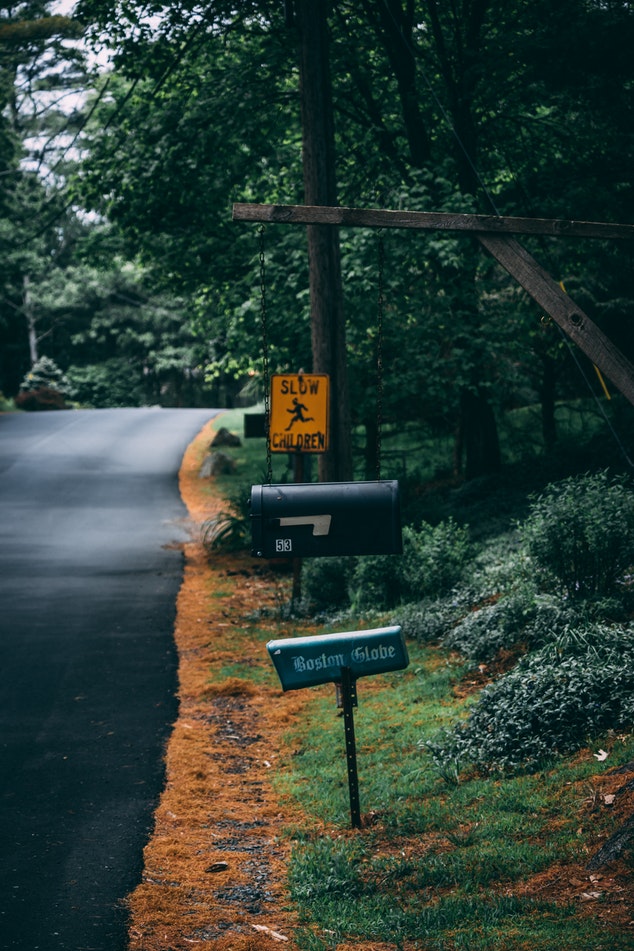Traditional Mailboxes vs Contemporary Mailboxes: What's the Difference?
Friday June 07, 2019When shopping for curbside mailboxes for your neighborhood or residential community, you may discover some labeled as "traditional" or "contemporary." Traditional styles are the most common, accounting for the majority of residential mailboxes in the United States. But in recent years, an increasing number of contemporary mailboxes have emerged, offering a viable alternative for community developers and homeowners alike. So, what's the difference between traditional and contemporary mailboxes?

What Are Traditional Mailboxes?
Traditional mailboxes are characterized by their recognizable rectangular-dome shape. As shown above, they feature a conventional shape that's become synonymous with mailboxes. Some of the world's first traditional mailboxes were created in 18th century England. Since then, they've become the most style of mailboxes in dozens of countries, including the United States.
Benefits of using traditional mailboxes include:
- Familiar shape and design
- Easy to install
- Low maintenance
What Are Contemporary Mailboxes?
The United States Postal Service (USPS) defines all mailboxes that don't have a rectangular-dome shape as being contemporary mailboxes. While most mailboxes feature a rectangular-dome shape, you can find mailboxes available in countless other shapes, such as square, rectangular and oval. Any mailbox that doesn't have a rectangular-dome shape is classified as a contemporary mailbox.
Benefits of using contemporary mailboxes include:
- Unique styles that aren't available with traditional mailboxes
- Allows property developers to reinforce their community's brand
- Some contemporary mailboxes are stronger and more durable than traditional mailboxes
Limited-Service vs Full-Service Mailboxes
In addition to traditional and contemporary mailboxes, some mailboxes may be classified as either limited and full-service styles. As per the USPS, limited-service mailboxes only support incoming mail, whereas full-service mailboxes support both incoming and outgoing mail. Limited-service mailboxes feature a narrow slot through which couriers can insert mail. To recover this mail, the property owner or tenant must unlock the mailbox using a key.
In comparison, full-service mailboxes have a door on the front on that can be opened and closed. If the tenant or property owner has outgoing mail to send, he or she can place it inside the mailbox and raise the carrier flag, thereby notifying the courier to collect the mail. Both limited-service and full-service mailboxes feature locks to protect against mail theft.
Limited-service mailboxes are smaller and more compact, making them ideal for large communities with multiple residences. Full-service mailboxes, however, allow support both outgoing and incoming mail.
About Forsite:
Welcome to Forsite! You’ve found your best source custom street signs and community wayfinding signs. We manufacture and install upscale site amenities throughout the United States.
Forsite can provide all of your signage needs for your Master Planned Community or Residential Development. We help our customers to create a uniform, upscale appearance and increase property values by "bundling" themed packages of decorative street signage, mailboxes, post and wall mounted lighting, and wayfinding signage
You can count on the experts at Forsite to help improve the quality of your community today. Contact us today to get started by talking to one of our experienced team members at 855-537-0200.


